Pilates for Children: Simple Home Workouts
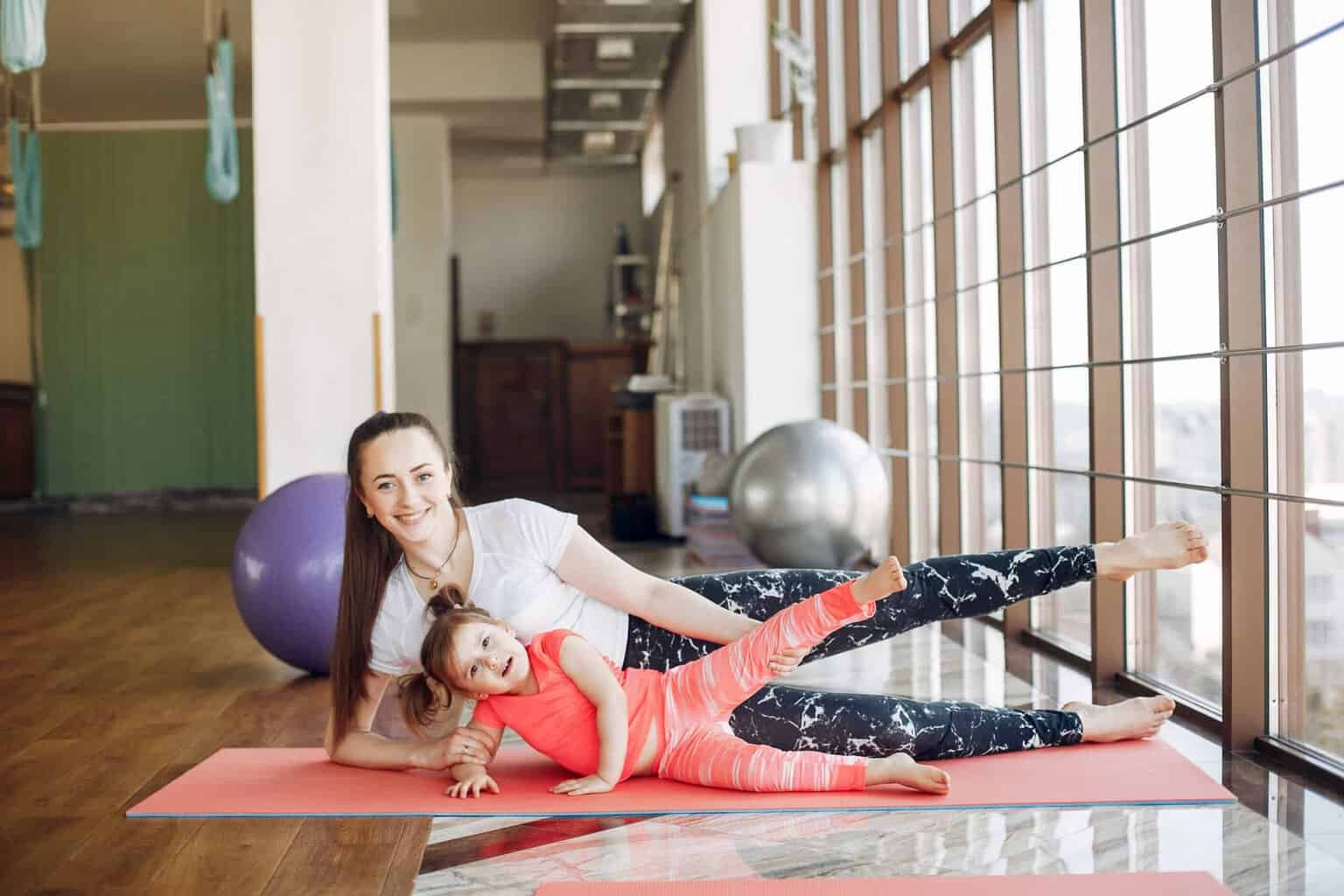
Keeping children occupied is a task. Ask the mothers of young children. They are bursting with energy but the current sedentary lifestyle provides limited avenues for them to channelise their curiosity and vigour. With everything moving online, including education, children these days are increasingly glued to screens. And once you enter, the maze of the world wide web is difficult to break out of. What children need is a physical activity which not only exercises their body but also their mind. What’s better than Pilates!
Why Pilates?
Most parents would include a sport in their child’s regime and you should do that. Sports, especially team sports help mould their personality and teach many life lessons, while also keeping them active. However, one should keep in mind that rigorous sports can take a toll on young children. Their intensive sport training needs to be supplemented with a low impact, more health-centric form of exercise like Pilates.
The Pilates principles of Breath, Centring, Control, Concentration, Precision, and Flow, help to build body awareness. When children are aware of how their body exists or moves in space, they will learn to move it more gracefully and confidently. Moreover, Pilates will help channelise the scattered energy of your child into a mindful activity and improve their concentration in academics.
Children by nature are more flexible and agile. Some children can also be hypermobile. Constant gadget use can hamper their posture and reduce their flexibility. In the formative years, when their bodies are rapidly developing and their patterns of movement are being moulded, Pilates can correct their posture and gait before they falter. They will develop a strong core, a balanced musculature and proper spinal alignment with a toned and athletic form, making them better at their chosen sport or dance form. This will also reduce the risk of lasting injuries.
Designed as a system of exercises with an increasing level of difficulty, Pilates is a great way to gradually build up your child’s workout as they grow more accustomed to the movements. As your child will be able to do a higher level of the same exercise after a few days, it will develop a sense of accomplishment and confidence. He/she will become an empowered and fit child, and ultimately a healthy and confident adult. What else does a parent want!
How can Pilates be made fun for children?
Appealing to a child’s psyche can be a challenge. And maintaining their attention, even more so. Whether you are a parent teaching your child Pilates at home or a teacher at a Pilates group class for children, you need to innovate.
The first step is to keep the routine dynamic and short. You will be astonished if your child stays put for more than 30 minutes for any activity. Gradually increasing the level of exercises is the key.
Using funny names for exercises, especially with animals in it keeps children intrigued. So go ahead and make them do the elephant and the downward dog, while you think of cooler names for the bridge and the teaser.
Using visual imagery also works to engage children. For example, when they do Hug-A-Tree, tell them to imagine hugging their parents. Making them count in the 100s is another example.
Most importantly, use simple terms for the muscles. Remind them to continuously connect with the key elements and feel the body parts which are working.
Here are some simple exercises for children:
Mermaid:
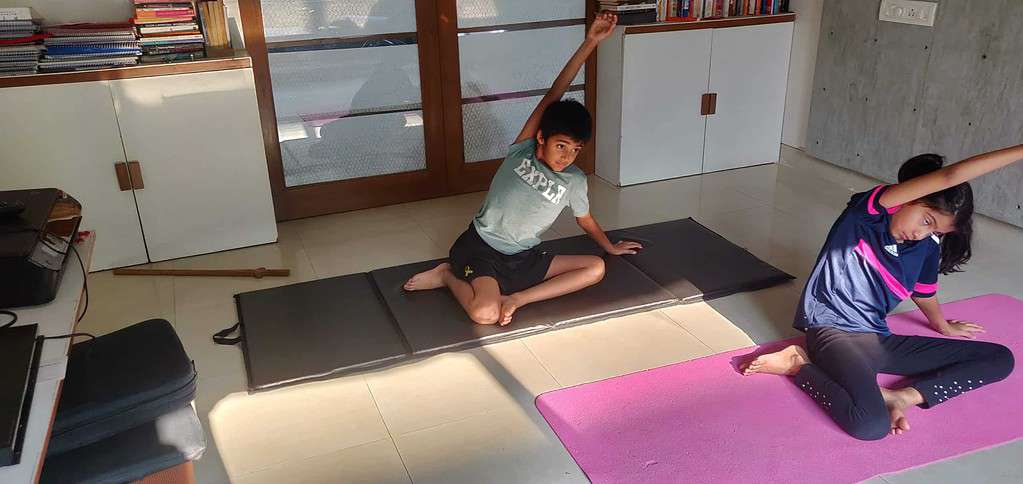
Bridge
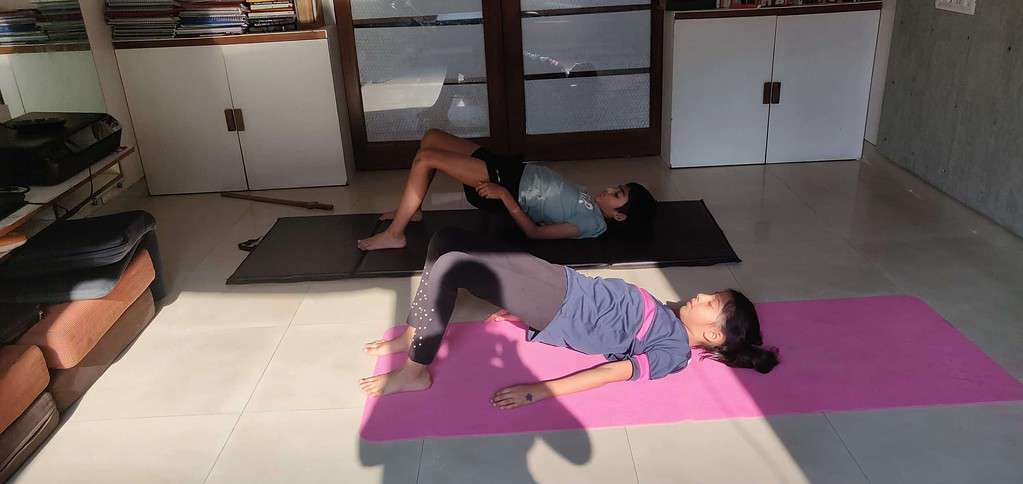
100s
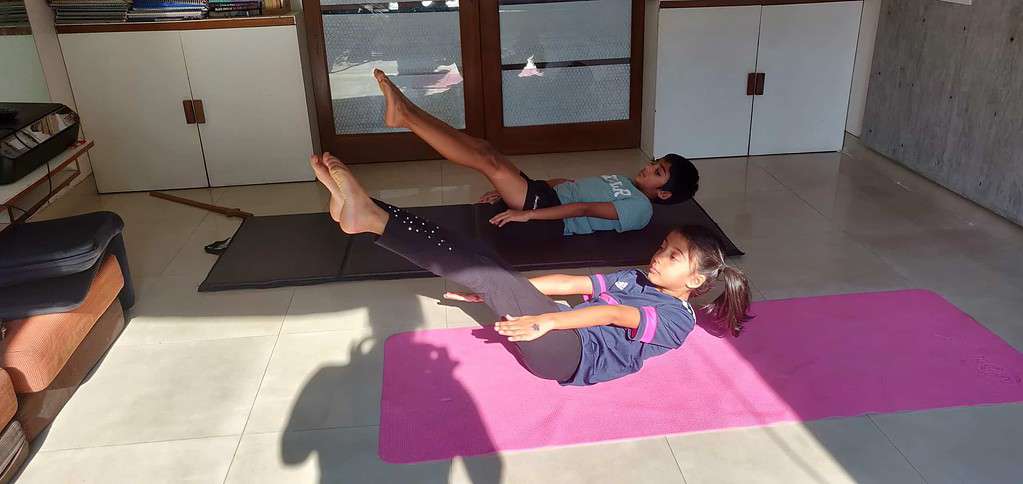
Squat
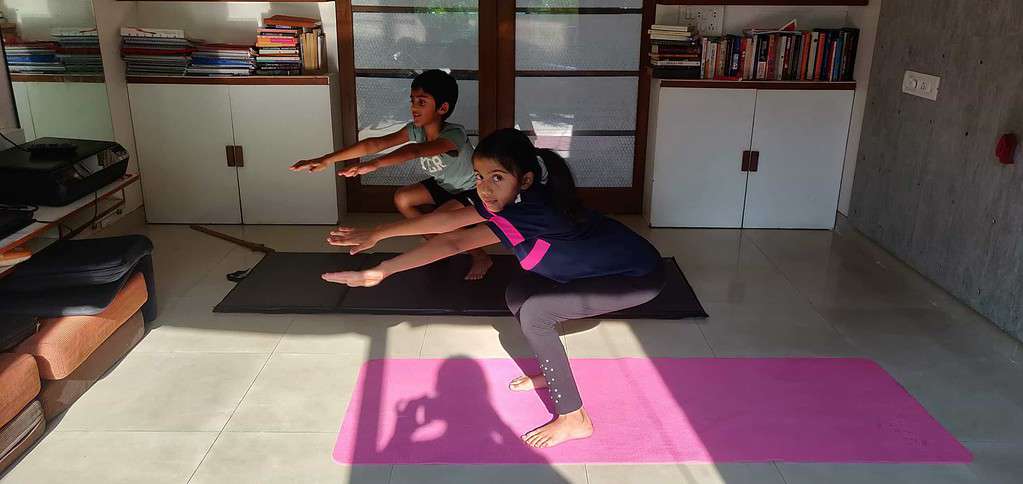
Lunge
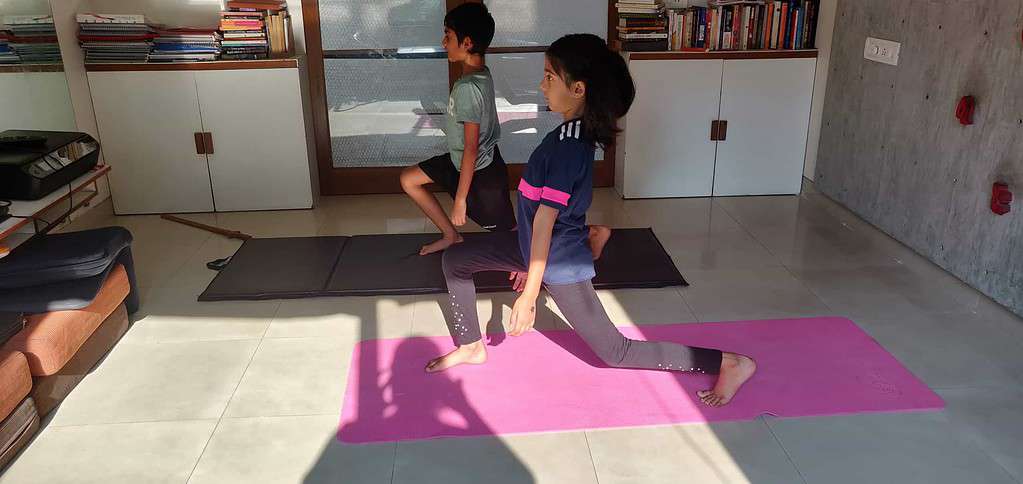
Plank on Ball:

Single Leg Stretch:

So what are you waiting for? Get those mats out and get your children rolling on them!
